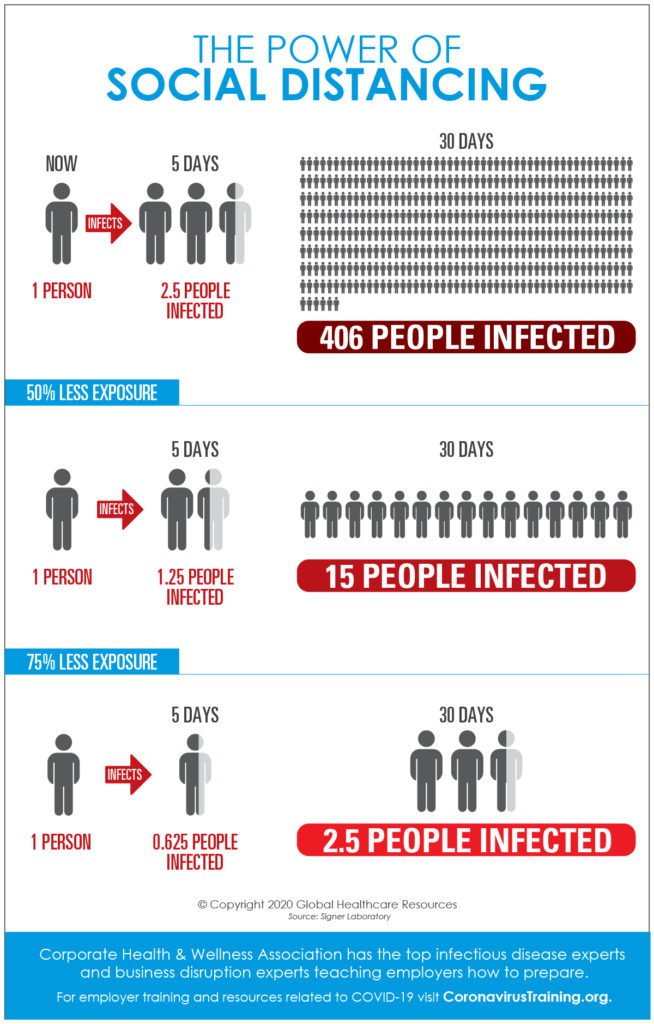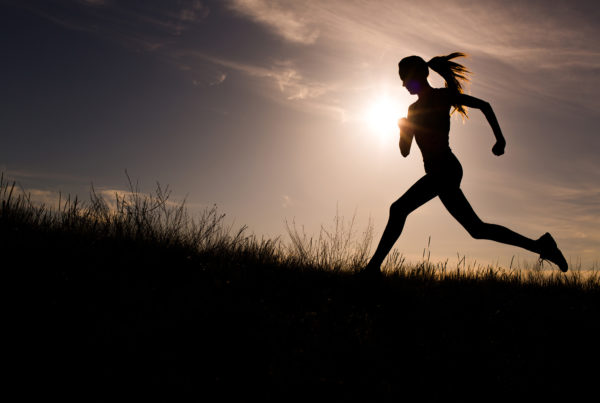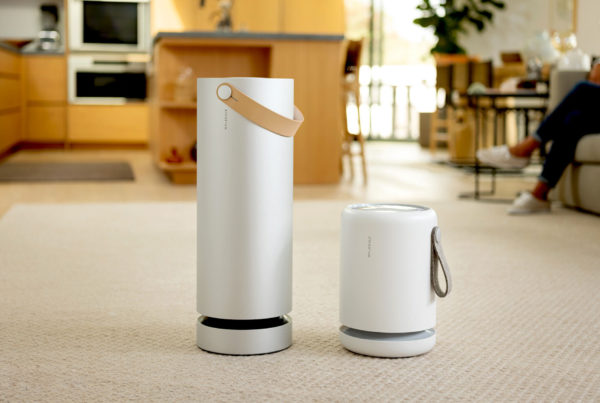A study from researchers at the Johns Hopkins Bloomberg School of Public Health suggests using public transportation, visiting a place of worship, or otherwise traveling from the home is associated with a significantly higher likelihood of testing positive with the coronavirus SARS-CoV-2, while practicing strict social distancing is associated with a markedly lower likelihood

The researchers found that when considering all the variables they could evaluate, spending more time in public places was strongly associated with having a history of SARS-CoV-2 infection. For example, an infection history was about 4.3 times more common among participants who stated that they had used public transportation more than three times in the prior two weeks, compared to participants who stated they had never used public transportation in the two-week period.
Conversely, those who reported practicing social distancing outdoors “always” were only 10 percent as likely to have a SARS-CoV-2 history, compared to those who reported “never” practicing social distancing.
This animation explains how social distancing slows the spread of diseases like SARS and COVID-19.
Studies
Evaluating the Effectiveness of Social Distancing Interventions to Delay or Flatten the Epidemic Curve of Coronavirus Disease
https://wwwnc.cdc.gov/eid/article/26/8/20-1093_article
Targeted Social Distancing Designs for Pandemic Influenza
https://www.ncbi.nlm.nih.gov/pmc/articles/PMC3372334/
COVID-19 study links strict social distancing to much lower chance of infection
https://www.sciencedaily.com/releases/2020/09/200910110824.htm




